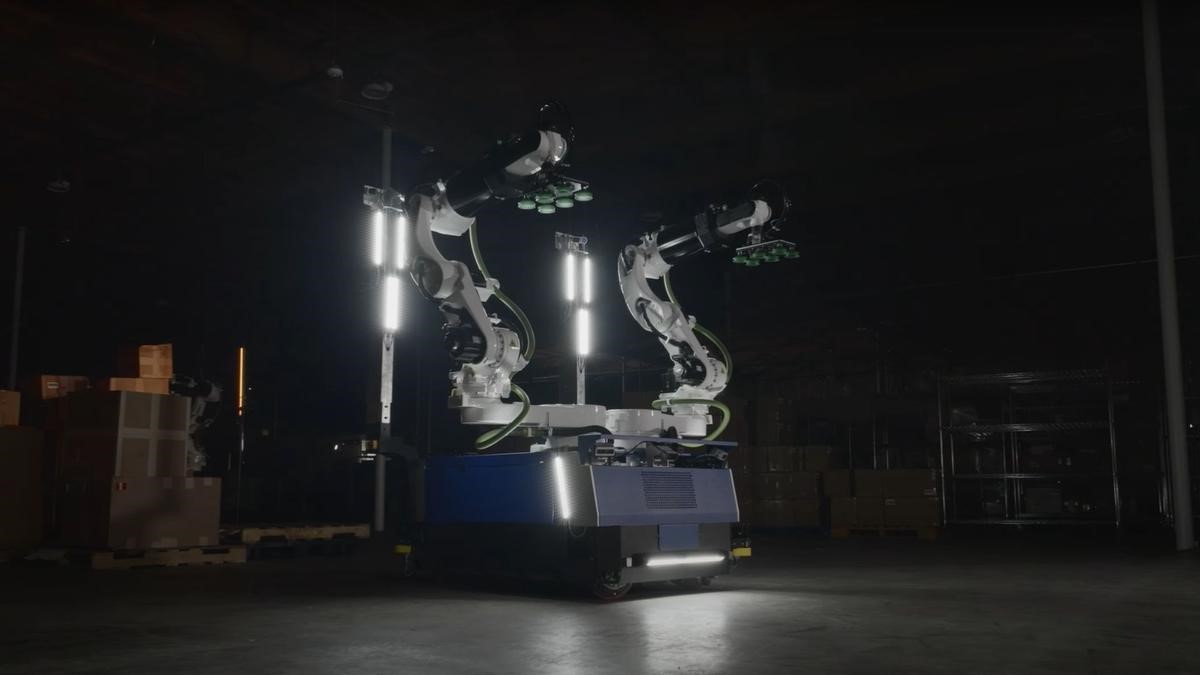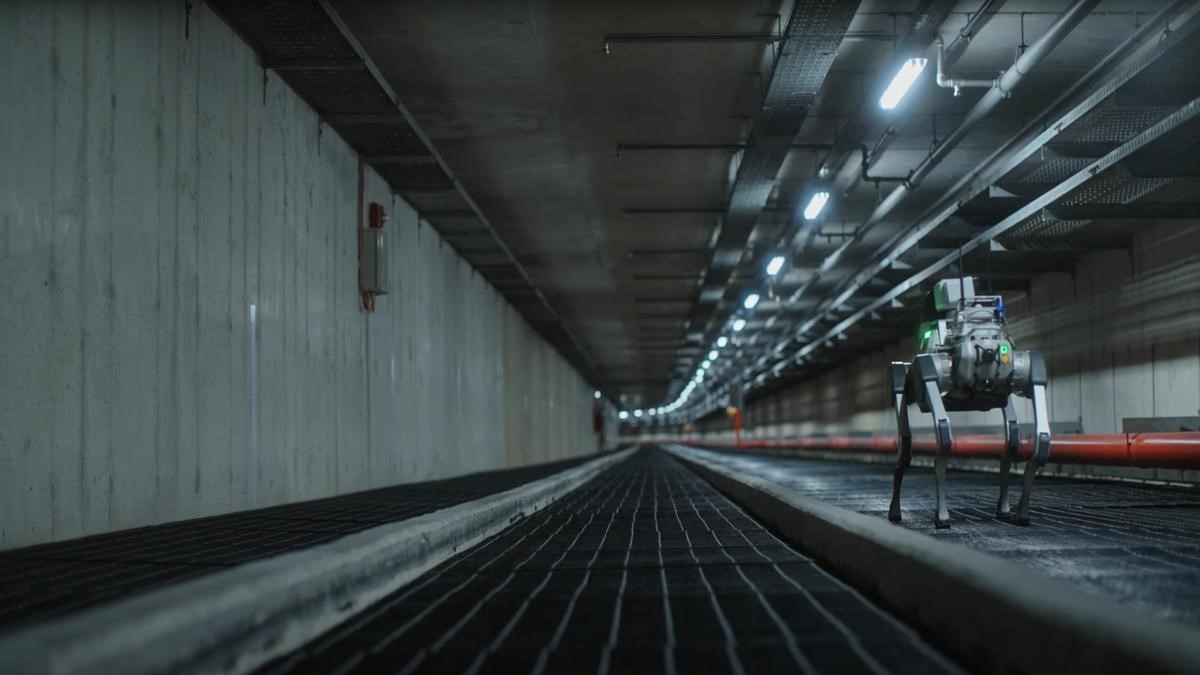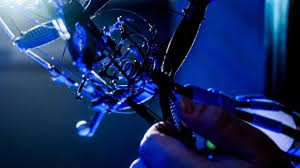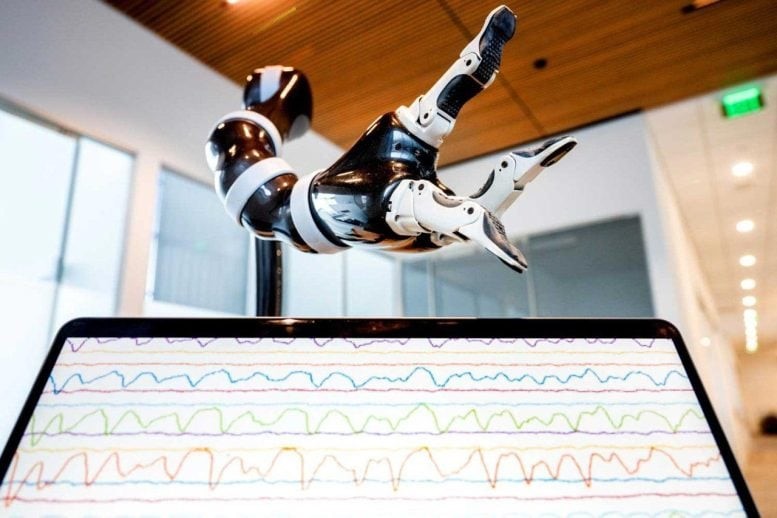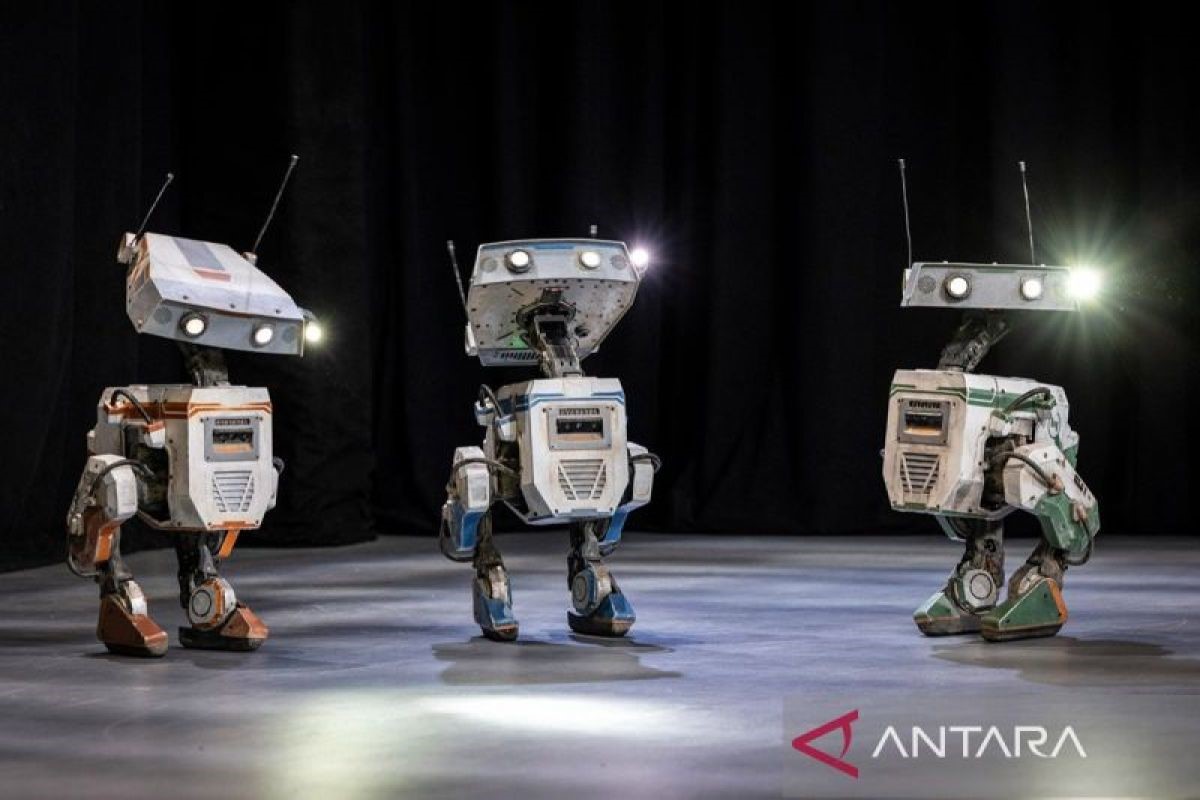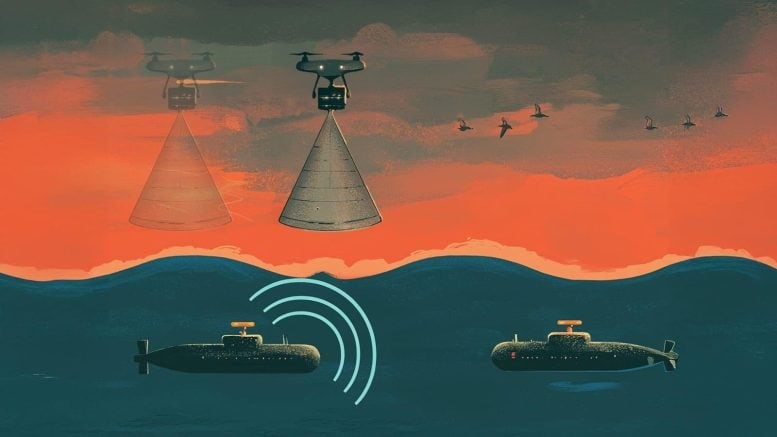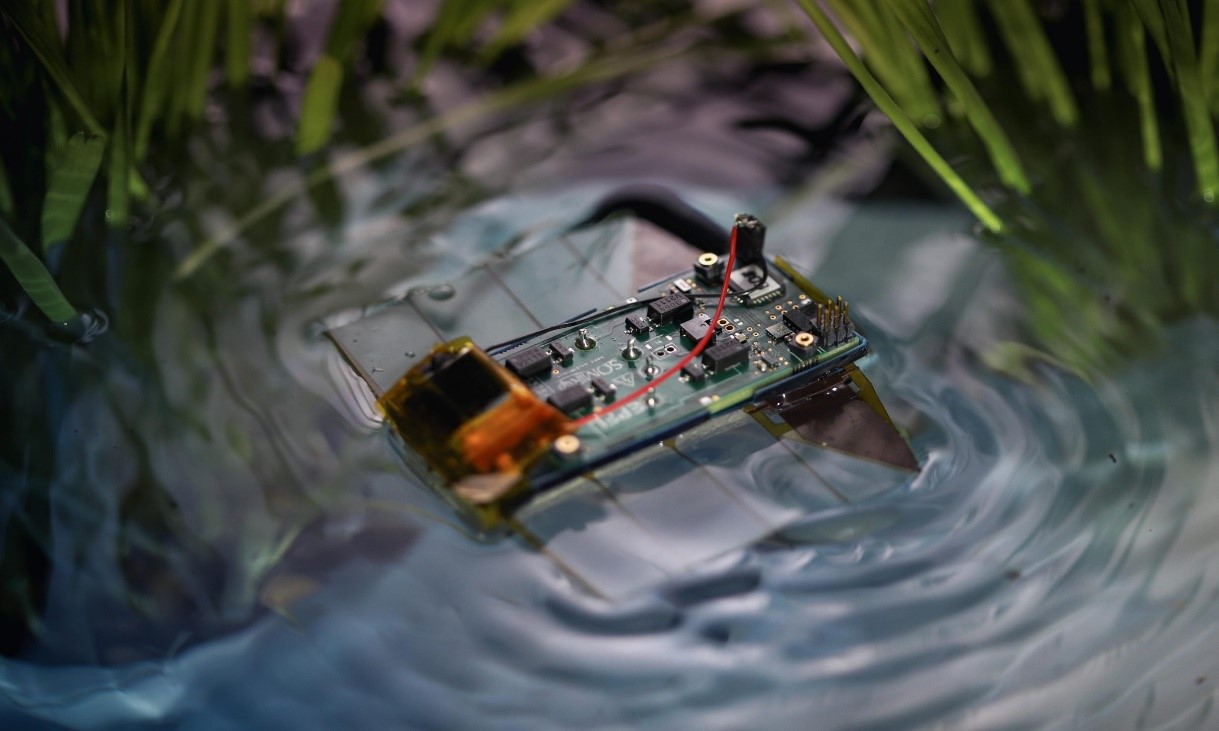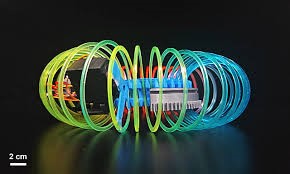SeaPerch: A Mission-Driven Robot
The SeaPerch underwater robot is a widely used educational tool for students in grades 5 to 12. Building and piloting SeaPerch, a remotely operated vehicle (ROV), involves hands-on fabrication, electronics, and STEM concepts. Through the SeaPerch program, students and educators explore structural design, electronics, and underwater dynamics.
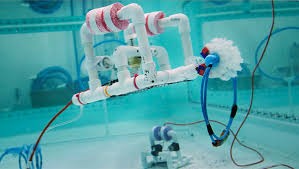
Figure 1. SeaPerch: A Robot on a Mission.
“SeaPerch has had a tremendous impact on the fields of ocean science and engineering,” says Andrew Bennett ’85, PhD ’97, MIT Sea Grant education administrator and senior lecturer in the Department of Mechanical Engineering (MechE). Figure 1 shows SeaPerch: A Robot on a Mission.
Originally launched by MIT Sea Grant in 2003, the SeaPerch project quickly expanded across the U.S. and internationally, fostering a vibrant community of builders. Now led by RoboNation, SeaPerch continues to grow through global competitions that challenge students to develop creative solutions for real-world problems. Recent challenges have focused on deep-sea mining and collecting data from hydrothermal vents.
Since 2021, MIT Sea Grant has been developing SeaPerch II, an evolution of the original program that integrates robotics with marine and climate science. It remains a hands-on, “do-it-yourself” maker project, designed with achievable objectives for middle and high school students. Andrew Bennett hopes SeaPerch II will have an even greater impact by offering an approachable way to explore sensors, robotics, climate science, and more.
“What I think is most valuable about it is that it uses hardware store components that need to be cut, waterproofed, connected, soldered, or otherwise processed before becoming part of the robot or controller,” says Diane Brancazio ME ’90, K-12 maker team leader for the MIT Edgerton Center, who co-leads the MIT SeaPerch initiative with Bennett. “[It’s] kind of like making a cake from scratch instead of from a mix—you see what goes into the final product and how it all comes together.”
SeaPerch II is built as a modular system, allowing students and educators to create customized educational experiences. Modules include a pressure and temperature sensing unit that functions independently, an autonomy module for constructing a closed-loop automatic depth control system, and a soft robotics lesson module, where students can design grippers, distance sensors, and bump sensors.
The original SeaPerch is a PVC pipe structure with three motors and a tethered switch box. Through the building process, students learn about buoyancy, structural design, fabrication, and electric circuits. SeaPerch II builds on this foundation by incorporating more advanced, cost-effective, and accessible technologies, expanding learning opportunities without replacing the existing system.
Teagan Sullivan, a third-year mechanical engineering student, joined the project in January 2023 through MIT’s Undergraduate Research Opportunities Program. She initially worked on the soft robotics module before shifting to frame design, ensuring component compatibility and structural stability. She later helped run outreach programs, incorporating student feedback to refine and improve the design.
“I’ve seen firsthand how SeaPerch II encourages creativity and collaboration,” Sullivan says. “It teaches the basics of electronics, coding, and manufacturing, but its greatest strength is how it challenges the way people think and fosters critical thinking.”
The team’s vision is to provide young people with authentic scientific and engineering challenges, fostering a passion for innovation and the aquatic environment. MIT Sea Grant is actively developing new SeaPerch II modules, including land-water communication, salinity and dissolved oxygen sensors, and fluorometers.
Sullivan hopes the program will inspire more students to pursue engineering while equipping them with the skills to tackle future challenges. Brancazio shares a similar vision, aiming to prepare young minds to address climate change.
“Robots are meant to help people accomplish what they couldn’t otherwise do,” Brancazio says. “SeaPerch is a robot with a mission.”
Source: MIT
Cite this article:
Priyadharshini S (2025),”SeaPerch: A Mission-Driven Robot" , AnaTechMaz, pp.145


